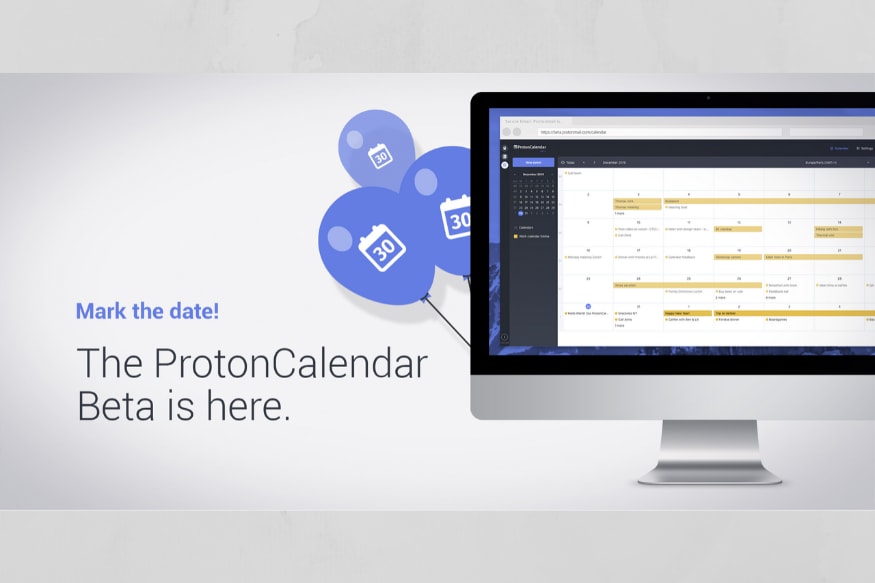
The encryption engine targets the most popular files – documents, databases, configuration files, photos, music, video and etc. Depending on the version of the threat and several variables the virus may use one of these two extensions:

This is then used by the encryption engine which targets the most popular user data files and uses a strong cipher. The malware researchers have discovered that upon infection it assigns an unique ID to each host. This particular threat is of unknown origin and it still under analysis. In many cases the criminals behind the viruses extort the victims and even if the requested sum is paid, they do not always fully decrypt the files or remove the malware completely. Security experts strongly recommend that all victims use a quality anti-malware tool to remove infections, do not pay the ransom fee and do not contact the hackers. As always the criminal operators extort the victims for a ransomware payment to restore access to the compromised data. The virus has an encryption engine which affects the most popular user data files using a strong cipher, a combination of both the AES and RSA methods. The Lock2017 ransomware is a newly discovered malware threat which can cause severe damage to any infected host. You can remove existing infections by following our in-depth removal guide below.


The Lock2017 Ransomware is a new malware threat which encrypts target user files and renames them using two template extensions –.


 0 kommentar(er)
0 kommentar(er)
